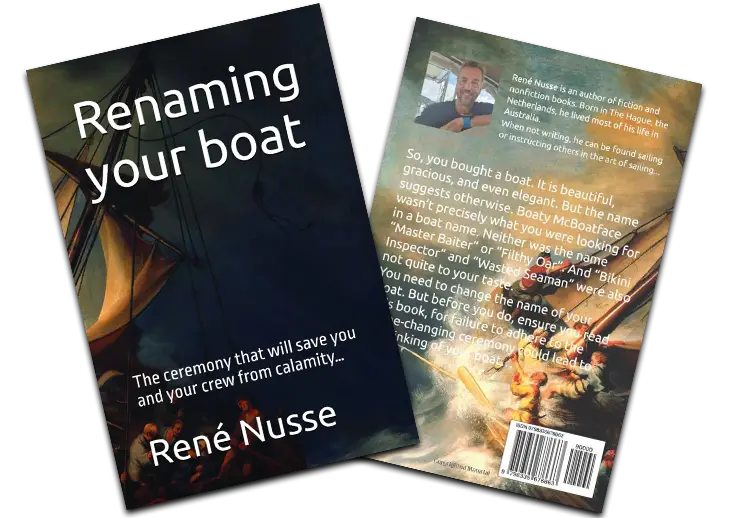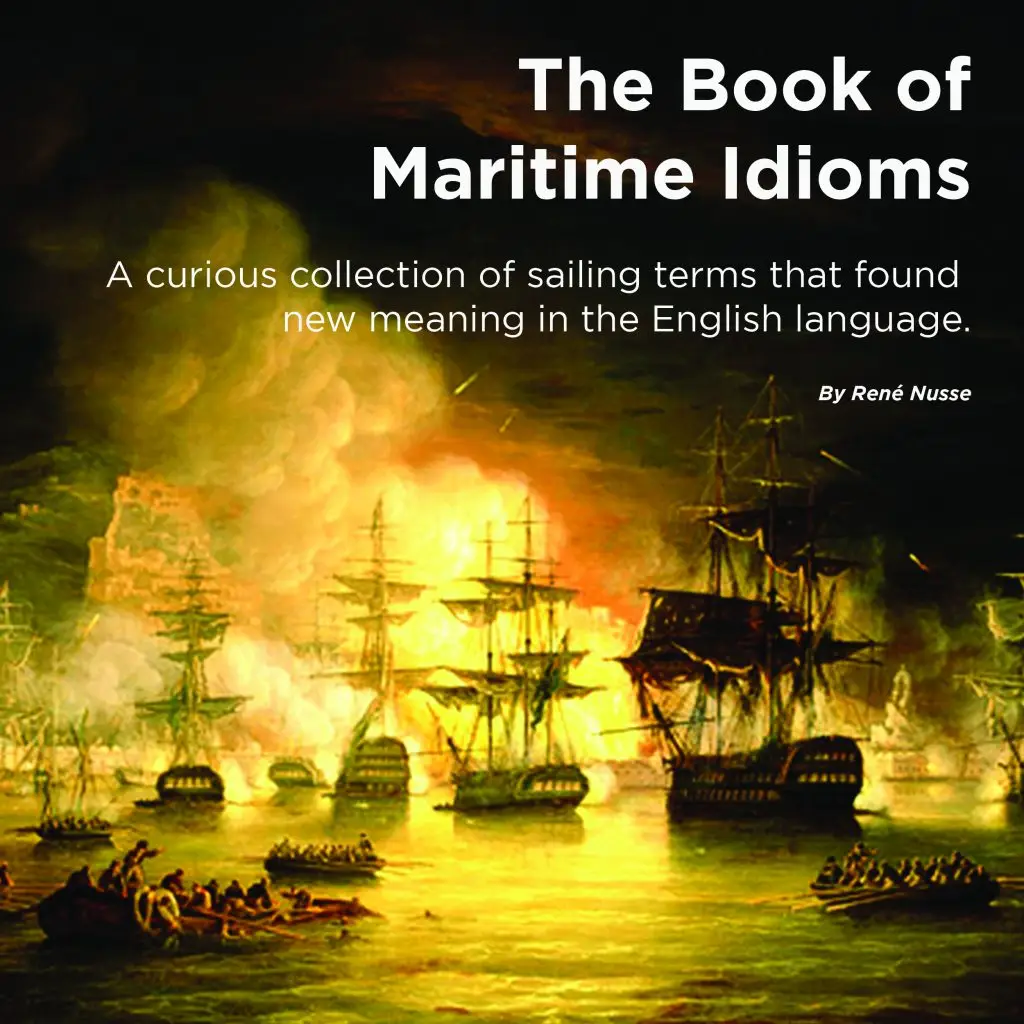Understanding Maritime Structures: Pier, Wharf, Finger, Quay, Jetty, and More
Coastal and harbour infrastructure comprises various structures to facilitate vessel loading and unloading, protect harbours, and provide mooring. While many of these terms are used interchangeably in casual conversation, each has distinct characteristics and purposes in maritime contexts.
Let’s break down and compare the most common types: pier, wharf, finger, quay, and jetty, with additional notes on dock and breakwater.
1. Pier
Definition: A pier is a raised structure supported by pillars or piles that extends into the water from the shore. It allows vessels to dock alongside it and often enables water to flow freely beneath.
Purpose: Used for docking ships, fishing, promenading, or commercial activities.
Key Features:
Usually built on piles.
Can be T-shaped, L-shaped, or straight.
Accessible from shore at one end.
Example:
Santa Monica Pier, California – A recreational pier with restaurants and amusement attractions.
Port of Long Beach, California – Uses piers for large container terminals.
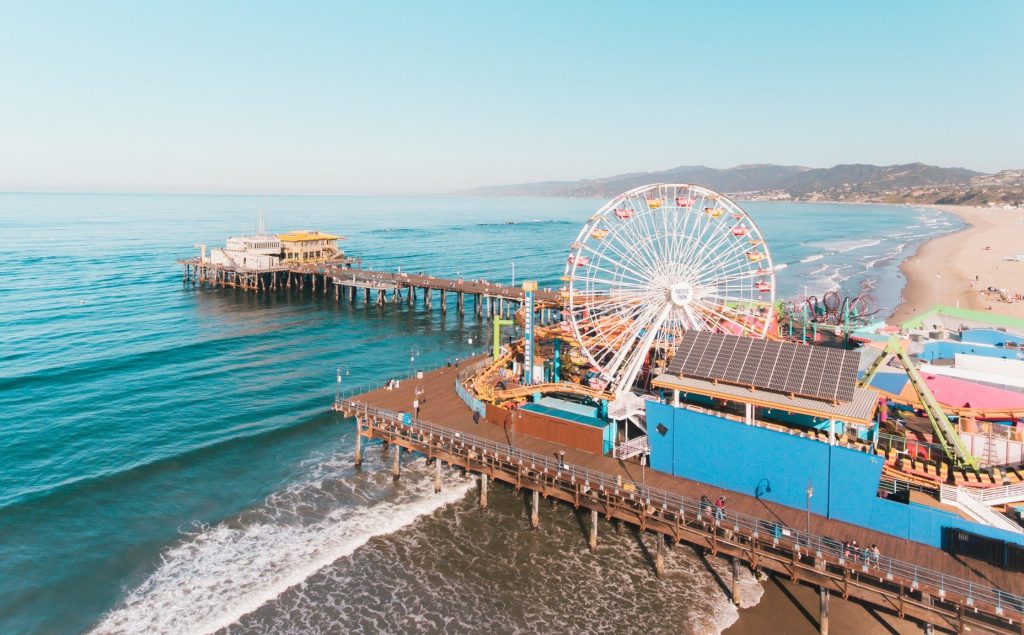
2. Wharf
Definition: A wharf is a flat structure built along the shoreline (or parallel to it) where ships can dock to load or unload cargo or passengers.
Purpose: Primarily used in commercial shipping for berthing and handling goods.
Key Features:
Can be a part of a larger port facility.
May include warehouses and cranes.
Usually runs along the shore (unlike piers, which project out).
Example:
Victoria & Alfred Waterfront, Cape Town, South Africa – Originally built as a working wharf, now a commercial and tourist area.
Chelsea Wharf, London – A historical wharf adapted for residential and commercial use.
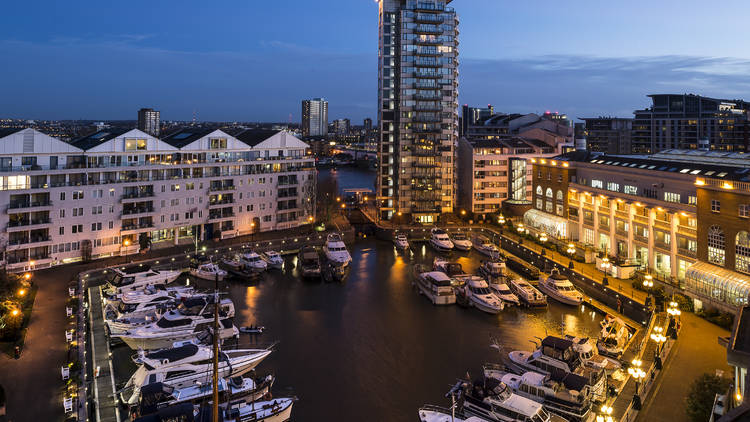
3. Finger (or Finger Pier)
Definition: A finger (or finger pier) is a narrow platform extending perpendicularly from a main pier or dock into the water, like the fingers of a hand.
Purpose: In marinas, finger piers create multiple berths for smaller vessels on either side.
Key Features:
Narrow and rectangular.
Arranged in rows with slip spaces between.
Common in yacht marinas.
- Often floating, so that the tide doesn’t affect docking (Mediterranean or conventional).
Example:
Port Hercule, Monaco – Has numerous finger piers for luxury yachts.
Marina del Rey, California – Uses finger piers to maximise docking space.

4. Quay
Definition: A quay is a solid, often stone or concrete platform lying alongside or projecting into water for loading and unloading ships.
Purpose: Similar to a wharf, but typically more robust and often found in older European ports.
Key Features:
It may be built from masonry or concrete.
May run along the edge of a port basin or river.
Example:
Quai d’Orsay, Paris – A famous quay along the Seine.
Albert Dock Quay, Liverpool – A Historic quayside area turned into a tourist destination.
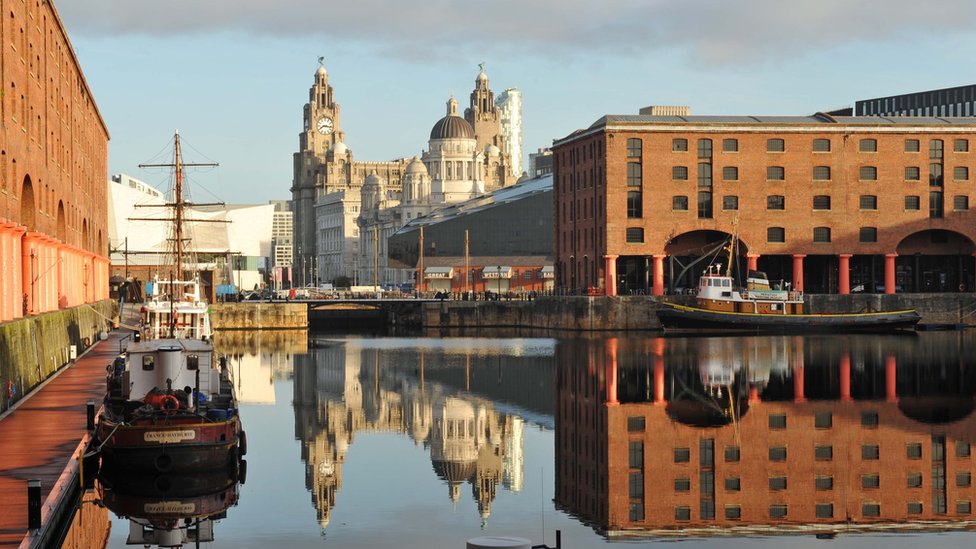
5. Jetty
Definition: A jetty is a structure that projects into a body of water to protect a coastline or harbour from currents and erosion.
Purpose: To break waves and stabilise entrances to harbours, or to serve as landing points.
Key Features:
Often made from rock, concrete, or piles.
It can be used for docking, but more often for protection.
Example:
Galveston Jetty, Texas – Protects the entrance to Galveston Bay.
Brighton Jetty, South Australia – Used for fishing and wave protection.
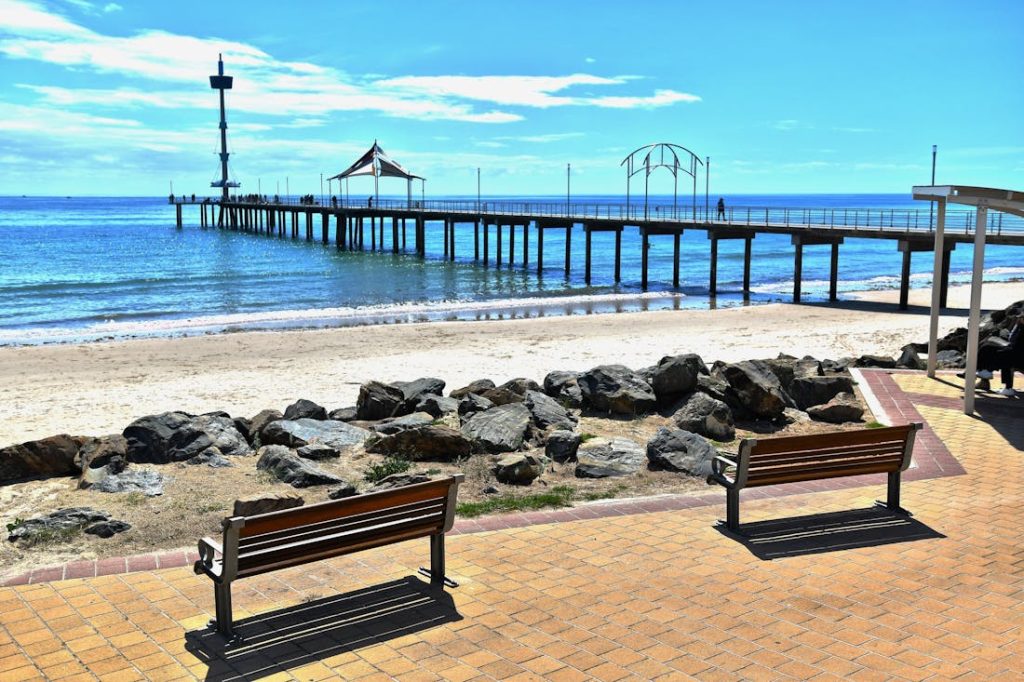
Comparison Table
| Structure | Primary Function | Orientation | Construction | Vessel Access | Typical Use |
|---|---|---|---|---|---|
| Pier | Docking, recreation | Projects out into the water | Pile-supported | Alongside | Ferries, cargo, tourism |
| Wharf | Cargo handling | Parallel to shore | Solid or pile | Alongside | Commercial shipping |
| Finger | Berthing small boats | Perpendicular to the dock | Narrow & pile-supported | Both sides | Marinas |
| Quay | Cargo/passenger | Along the shore or basin | Solid (stone/concrete) | Alongside | Urban harbours, older ports |
| Jetty | Protection, access | Projects into water | Rock, concrete, piles | Sometimes | Harbour defence, fishing |
Related Structures
Dock: A general term for an enclosed water area for receiving ships. Can refer to:
Wet dock – water-filled basin.
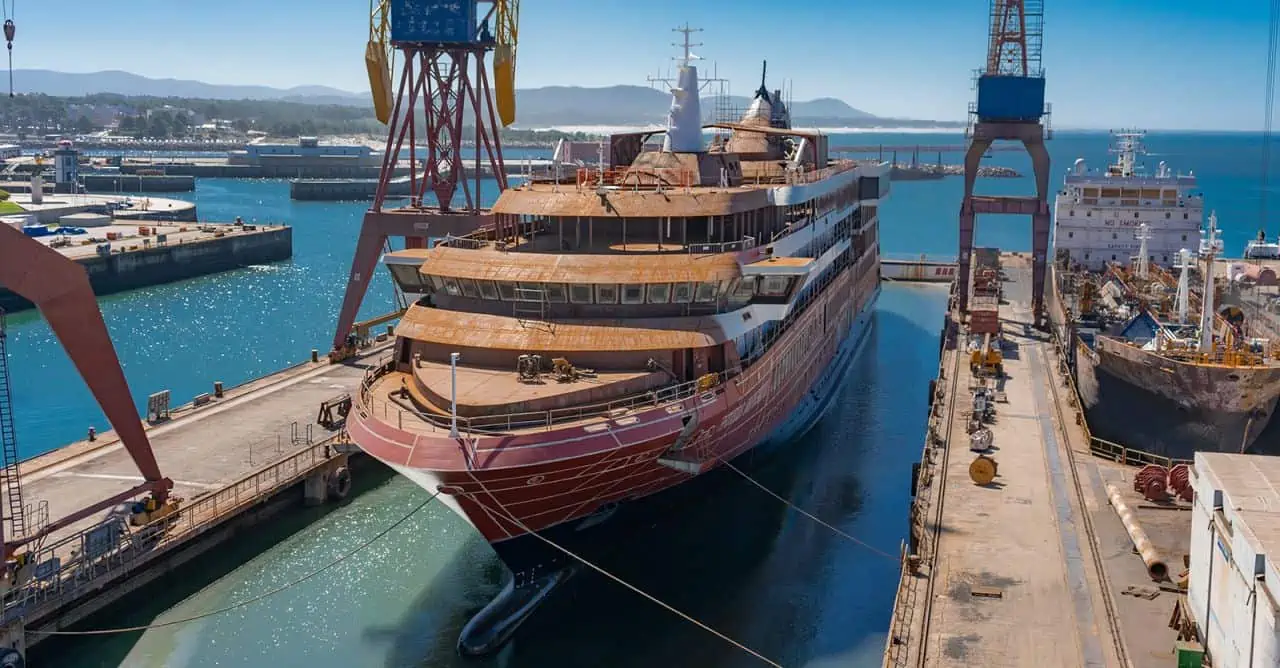
Wet dock Dry dock – for ship repair.
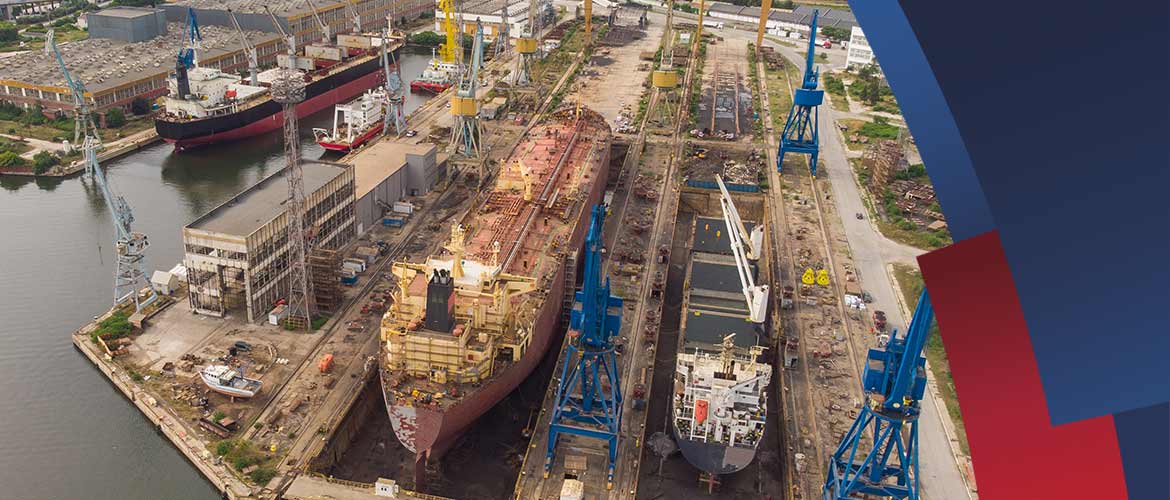
Dry dock
Breakwater: Similar to a jetty, but usually not used for docking, designed to absorb and deflect wave energy.
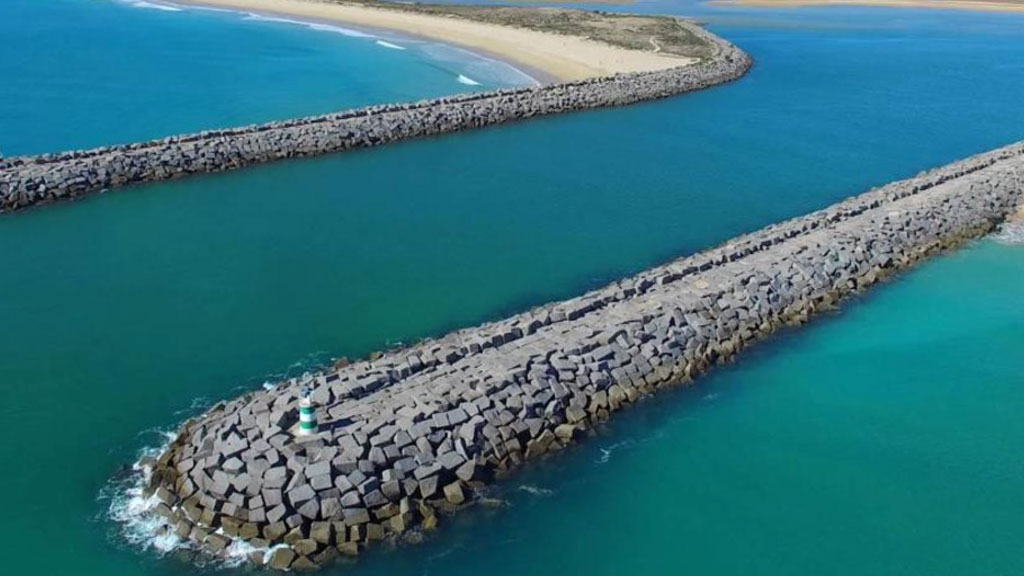
Breakwater Mole: A massive structure like a breakwater or quay, often used interchangeably in British English for solid-built piers.
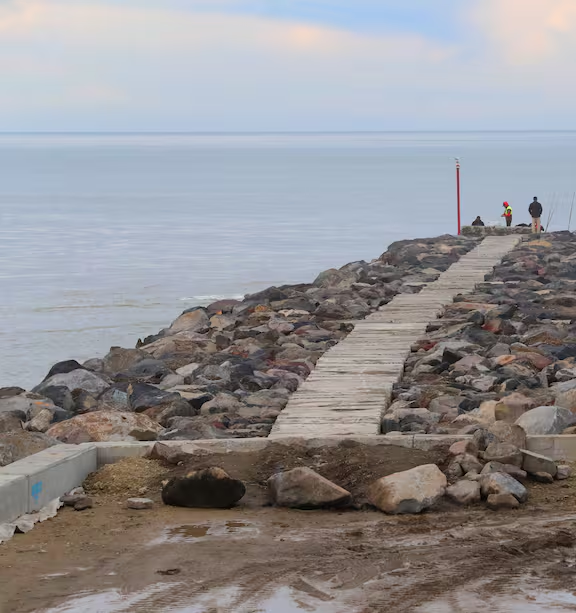
Mole
Conclusion
Understanding the distinctions between maritime structures helps clarify port design, navigation, and even urban planning. Whether it’s a jetty keeping harbours calm, a pier offering a place to stroll, or a quay supporting bustling trade, each structure uniquely connects land and sea.
Author
-

Rene is a keelboat instructor and sailing coach in the Mandurah area WA. He is also the author of several books about sailing including "The Book of Maritime Idioms" and "Renaming your boat".
View all posts

